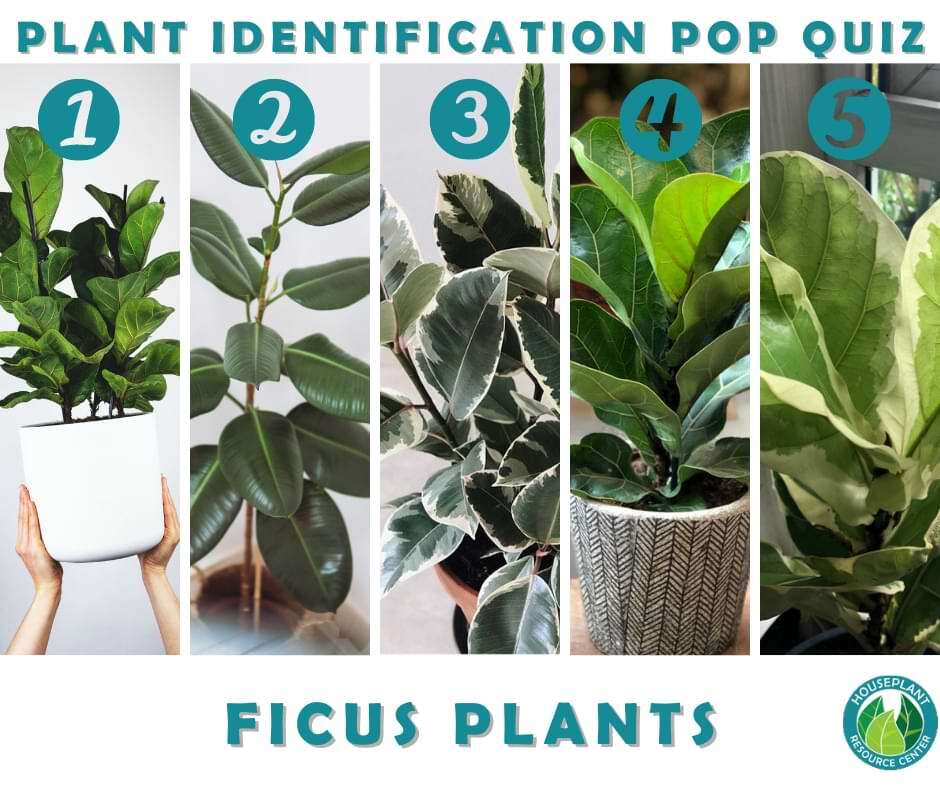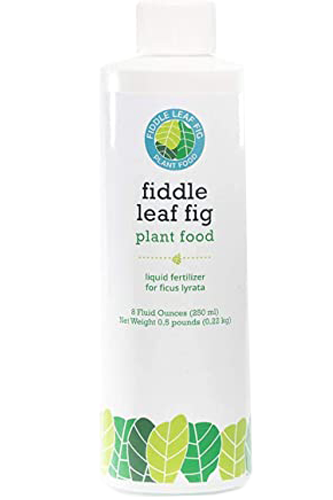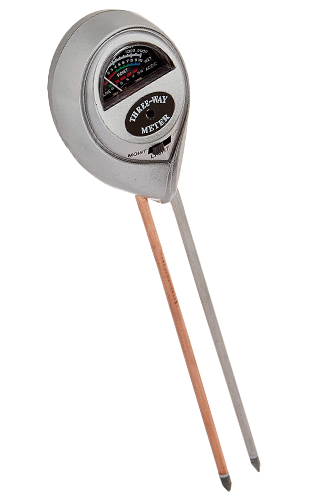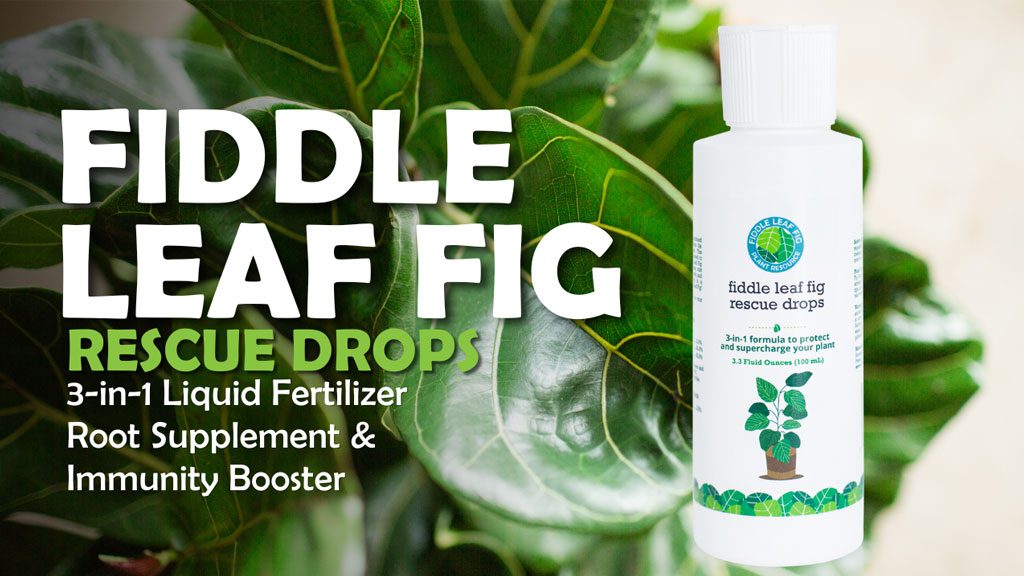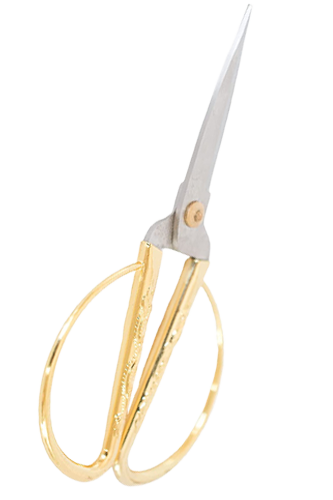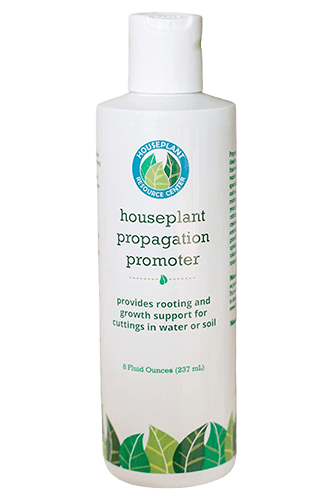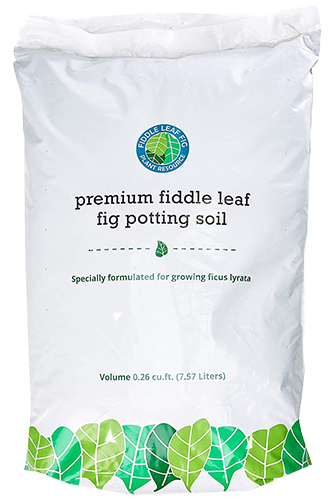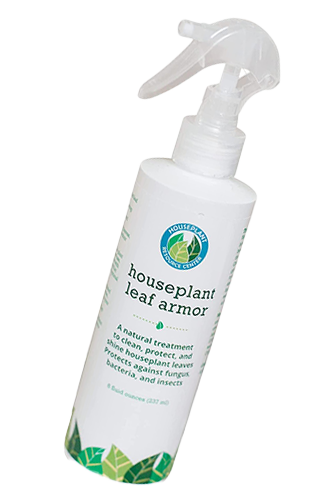Most Popular Fiddle Leaf Fig Varieties
If your green thumb is really a bluish-gray, don’t worry; we have the resources to help you. Plants aren’t just pretty greenery in the corner of your living room. They are living things with their unique quirks. Just like a roommate, the sooner you get to know your plant, the better you will cohabitate together in harmony. Check out our fiddle leaf identification guide below to get started!
Fiddle leaf fig varieties are some of the most popular houseplants in the United States—and also some of the most eccentric. It’s not a “water every now and again and forget it” kind of plant; it needs your attention and, dare we say, love.
Here are some of the most popular fiddle leaf fig varieties and the answers to our quiz:
1. Fiddle Leaf Fig Plant | Most Common of the Fiddle Leaf Fig Varieties
As plants go, the fiddle leaf fig plant is a rock star among houseplants. A mainstay on Instagram, the fiddle leaf fig shows no signs of slowing down. If you’re up for a challenge, you’re a good candidate for the fiddle leaf fig. The plant has large and elongated leaves that are shaped like, well, a fiddle. Humidity is the name of the game, and investing in a good humidifier for your plant is essential. Make sure your fiddle leaf fig gets plenty of indirect sun, check the soil’s moisture before you water your plant, and invest in a good fiddle leaf fig plant food to ensure a robust and happy plant. In return, fiddle leaf figs purify the air like no other by removing toxins and releasing pure oxygen.
2. Ficus Audrey
Did you know the Ficus Audrey is the national tree of India? Compared to the fiddle leaf fig, the Audrey is its more laid-back cousin. This might be a better choice for you if you have a busy lifestyle and have less time to devote. It’s suitable for city dwellers who mainly have filtered light, and it does better in more moist soil.
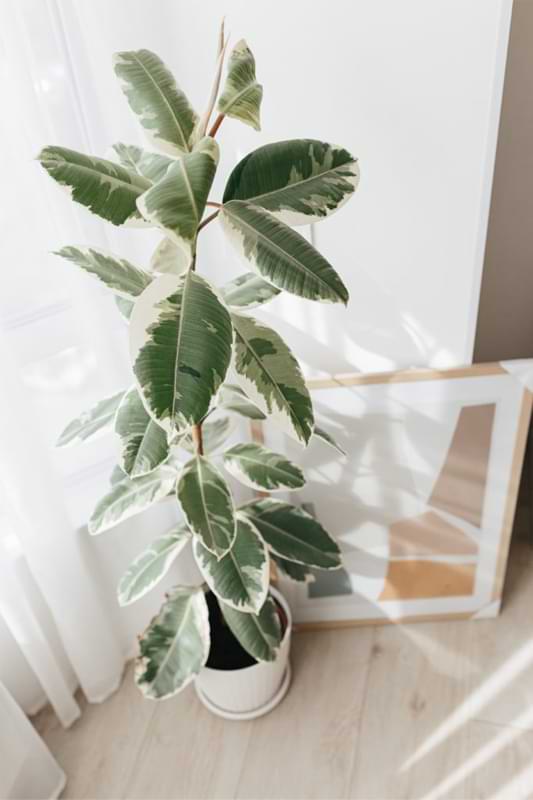
3. Variegated Rubber Plant
Oh, what makes that ant think he can move that variegated rubber tree plant? It’s high hopes, of course. Differing from regular rubber tree plants, the leaves of a variegated rubber plant have hues of red, cream, yellow, and green. The variegated loves indirect sun and should be watered every 10 to 14 days in the winter and every 5-7 days in the summer.
4. Bambino/Dwarf Fiddle Leaf Fig
If you’re interested in one of the fiddle leaf fig varieties, but you’re unsure about your abilities, then the bambino/dwarf fiddle leaf is your plant with training wheels. As with all plants, an investment in a good moisture meter can help you avoid heartache down the road. Bambinos need fast-draining soil, good plant food, and indirect sun, and since it’s a tropical plant, it also loves humidity.
5. Variegated Fiddle Leaf Fig
If you want to go to a big-box store to pick up a variegated fiddle leaf fig, then you’re out of luck because there are no growers in the United States. You can have one shipped from Asia, but the odds of having it arrive intact are against you. So for now, you can admire the plant’s photo with its brush-stroke leaves and daydream of the day it’s readily available here.
So there you have it, the answers to quiz #1 on fiddle leaf fig varieties. We hope you’ve enjoyed our trip down the ficus rabbit hole, and that it has inspired you to get your own!
To learn more:
- Sign up for our free Fiddle Leaf Fig Care 101 Webinar and make sure you’re subscribed to our newsletter.
- Download our free Propagation Guide
- Read The Fiddle Leaf Fig Expert, your complete guide to growing healthy fiddle leaf fig plants. The book is available in full-color paperback or Kindle edition on Amazon now!
- Join our Facebook Community and chat with other fiddle leaf fig lovers.
Grab the Essentials for Your Fiddle Leaf Fig:
- Premium Fiddle Leaf Fig Potting Soil
- Fiddle Leaf Fig Plant Food
- Root Rot Treatment
- Houseplant Leaf Armor to protect against insects, bacteria, and fungus (As an added bonus, it also cleans and adds shine to your plant’s leaves!)
- Moisture meter to always know when your plant is thirsty.
- Houseplant Propagation Promoter to propagate more quickly and with more success.

